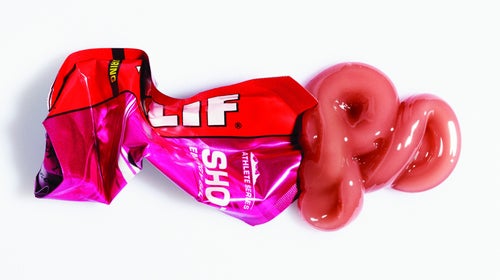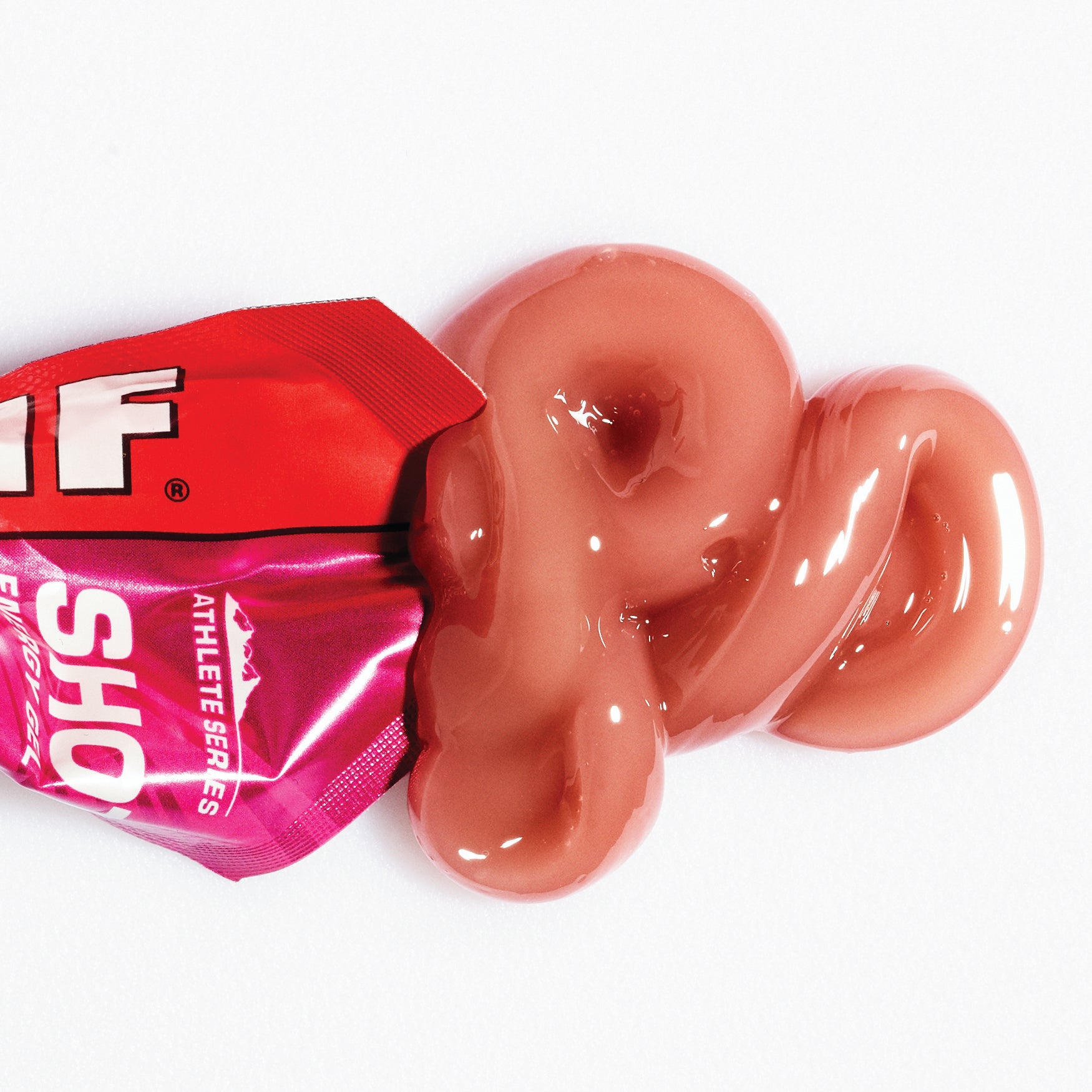Despite the dangers that sugar poses to sedentary folks, early studies suggest that it’s mostly OK for athletes who need quick, easily digested fuel. The sweetener powers your cells and is��the main source of energy for your brain and muscles. But remember these two��important rules: First, you need a sports-performance product only if you’re exercising for longer than 90 minutes. Second, sugar comes in many forms, so it’s important to know exactly what you’re taking in while training and racing. And remember: the whole point of consuming performance fuels is for the carbohydrates, so low-calorie options featuring sugar substitutes like aspartame, sucralose, stevia, and xylitol don’t make much sense. If there’s any time when it’s appropriate—or at least acceptable—to have real sugar, it’s during a hard workout.
Dried Cane Syrup
What it is:��Basically table sugar (a.k.a. sucrose) processed slightly differently. The same is true of evaporated cane juice, cane sugar, and sucrose syrup.
Research says: Sucrose breaks down into the simple sugars glucose and fructose, which are metabolized at different rates and provide you with a steady drip of energy.��
Our take:��A good option for endurance athletes. Like��all sugars, keep your daily intake well below��10 percent of your��total calories to avoid health pitfalls.��
Agave Syrup
What it is:��A sweetener made��from the nectar of��the agave plant.��
Research says:��It’s highly processed and contains similar fructose levels to high-fructose corn syrup. Fructose is behind most of the metabolic diseases, like diabetes and obesity, associated with sugar—particularly in sedentary people.��
Our take:��Stay away!
Brown Rice Syrup
What it is:��Sugar extracted from starches in cooked rice.��
Research says: Though brown rice��syrup breaks down primarily into glucose, it’s a more complex carbohydrate than pure glucose (which some products use), so you’ll get less��of a blood-sugar spike.��
Our take:��It’s better than a pure fructose sweetener but not as preferable as sucrose-based ones.
Tapioca Syrup
What it is:��An extract from the starches in cassava root.��
Research says: There haven’t been many studies on tapioca syrup, but it’s heavily processed and manufacturers manipulate its glucose and fructose ratios.��
Our take:��Until there’s more information, we’d steer clear.��
Maltodextrin
What it is:��A sometimes sweet, processed form of��corn, wheat, tapioca,��or rice starch.��
Research says: It’s a more complex carbohydrate than glucose or fructose but still breaks down quickly and is absorbed into the bloodstream as glucose. It also requires less��water for digestion than simple sugars, meaning lower likelihood of gastrointestinal distress.��
Our take:��Because of its quick absorption rate, maltodextrin is good for long training sessions, races, and recovery.��



 Why you should stop eating sugar now.��
Why you should stop eating sugar now.��